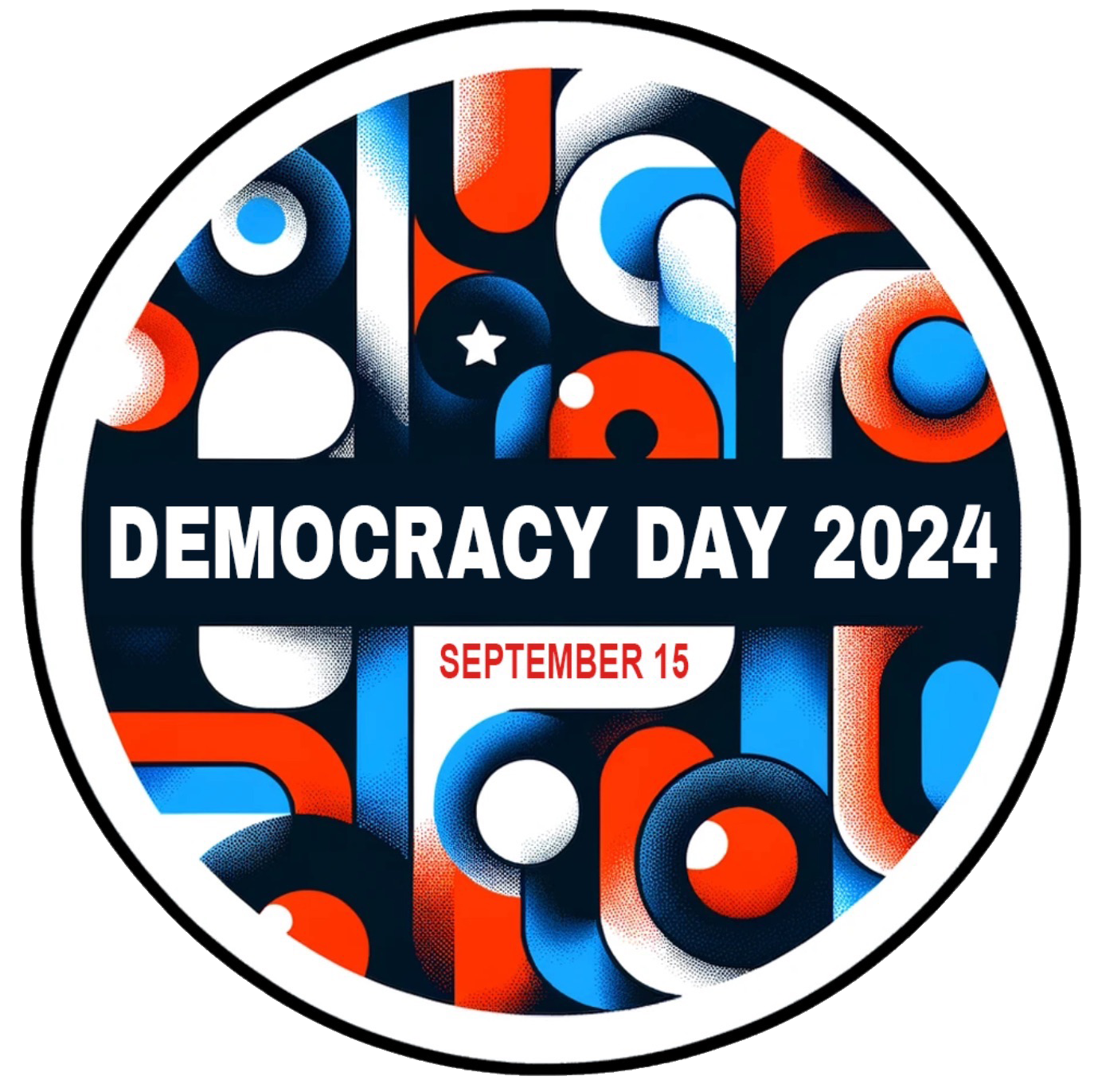This story is published as part of U.S. Democracy Day and the Utah College Media Collaborative, a cross-campus project bringing together emerging journalists from Salt Lake Community College, the University of Utah, Utah State University and Utah Tech University.
Kamala Harris’s presidential campaign has garnered enthusiasm among young people, but that enthusiasm translating into voter participation remains to be seen.
Vice President Kamala Harris is wrapping up her “brat summer,” and Election Day is quickly approaching. Since President Joe Biden dropped out of the presidential race in July, Harris has made her mark on this election by embracing her youth and doing her best to connect with young voters. According to a recent U.S. News poll, 43% of young people agreed that they were more likely to vote in the election now that Harris is the Democratic candidate.
However, young voters didn’t just fall out of a coconut tree. They exist within the context of what came before them.
Phillip Singer, associate professor in the political science department at the University of Utah, said young people tend to have the lowest voter turnout of all age groups and that Harris’s efforts may not have as big of an impact as we expect.
What’s the appeal?
“I think [low enthusiasm about the election was] a product of a former president running against the incumbent,” Singer said. “But, over the last three to four months with the Harris campaign, you see this remarkable shift in public polling on likely voters.”
Singer referred to a USA Today poll showing that likely voters aged 18-34 shifted from supporting Trump by 11 points to supporting Harris by 13 points, a 24-point swing. He attributed this shift to Harris’s ability to appeal to young voters in various ways.
Singer said Harris appeals to young voters because they tend to be more democratic than the older generations.
A report by Pew Research Center found that 66% of voters aged 18-24 associate more closely with the Democratic Party, compared with the 34% who align with the GOP.
Singer added that Harris’s presence on social media and pop culture has played a large role in her appeal to young voters. Harris’s TikTok account uses the platform’s most popular trends to spread the word about her campaign. The account has gained 4.3 million followers since its creation in August.
Harris has also been supported on social media by several celebrities such as John Legend, Charli XCX, George Clooney and Ariana Grande. Additionally, Taylor Swift endorsed Harris on her Instagram after the debate on Sept. 9. According to CBS, 405,999 users visited vote.gov the following day.
Singer said that Harris’s use of pop culture in her campaign to appeal to young voters isn’t new. As an example, he gave the Rock the Vote campaign, which aired in 1990 on MTV and aimed to empower young people to exercise their right to vote.
The “Iron Law”
According to the 2020 voter census, 51.4% of voters aged 18-24 voted in the 2020 election, the lowest turnout among all age groups. Singer described young people choosing not to vote as the “iron law” of voter behavior.
“It will be interesting to see whether we have an outlier in voter participation in November,” Singer said. “My impression is that the use of social media, especially TikTok, has been really impactful in increasing awareness and enthusiasm … What there’s less evidence of is whether that will translate into actually casting a ballot.”
Joe O’Malley, a 19-year-old business student at the U, said he doesn’t see much about politics on his social media. However, even if he did, he still doesn’t intend to vote in the upcoming election.
“I really don’t think that my vote matters that much,” O’Malley said.
O’Malley added that he would be more involved and motivated to vote if candidates were more honest and open about their policy plans on social media.
On the other hand, Kara Iverson, a 19-year-old materials science and engineering student at the U, still sees the value in voting. She said that even though she isn’t on TikTok and doesn’t see posts from either candidate very often, she knows that her vote matters.
“I’m registered to vote, and I think I’m going to,” Iverson said.
Voter turnout
To combat low voter turnout, many states have implemented systems that make voting more accessible for those who may not be able to vote in person, don’t know where to register, don’t know how to vote or feel like they can’t take the time to do so.
According to the Movement Advancement Project, 24 states have implemented some type of automatic voter registration. Additionally, eight states have implemented all-mail voting. Information on Utah’s voter registration policies and how to vote can be found here.
“My grandfatherly advice would be to get registered; get registered early,” Singer said. “And I want to emphasize that to students, our voices matter. Study the issues, study the candidates and take the time to vote.”
Alina Walker reported and wrote this story as a journalism student with The Daily Utah Chronicle at the University of Utah. Her article is part of U.S. Democracy Day, a nationwide collaborative on Sept. 15, the International Day of Democracy, in which news organizations cover how democracy works and the threats it faces. To learn more, visit usdemocracyday.org.





